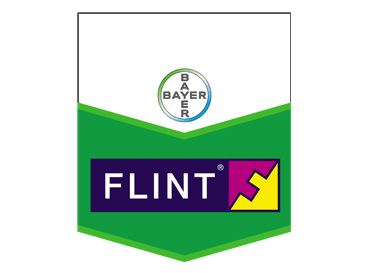

Features:
PRODUCT GROUP
EFFECTIVE SUBSTANCE
FORMULATION
PACKING TYPES
|
Plant Name |
Disease Name |
Usage Dose and Period |
Time Between Last Spraying and Harvest (Days) |
|
Cucurbits (melons) |
Ashing (Erysiphe cichoracearum, Sphaerotheca fuliginea) |
15 g / 100 l water |
3 |
|
Bond |
Ashing (Uncinula necator) |
10 g / 100 l water |
14 |
|
Apple |
Karaleke (Venturia inaegualis) |
15 g / 100 l water |
14 |
|
Citrus |
Alternaria blight (Alternaria alternata f.sp. citri) |
20 g / 100 l water |
28 |
|
Paddy |
Paddy blight (Pyricularia oryzae) |
20 g/da |
35 |
|
Watermelon |
Early leaf blight (Alternaria solani) |
20 g/da |
3 |
|
Apricot |
Yaprakdelen disease (Coryneum beijerinckii) |
12,5 g / 100 l water |
14 |
First, the required amount of the drug is poured into a little water in a separate container and waited for 1-2 minutes until the drug settles to the bottom. Then the drug is mixed until completely dissolved. The prepared mixture is added to the tank of the spraying device filled with water until half of it. The tank is filled with the required amount of water and mixed again and made ready for application.
Vineyard: 1st spraying: When the shoots reach 25-30 cm before the flower, 2nd spraying: When the groves get ridiculous grain size, 3rd spraying: It should be done 15 days after the second spraying.
Other applications should be repeated 15 days apart. Grapes should be discontinued when I thought.
Apple: 1. When the flower is blind, 2. In the pink flower bud cycle, 3. Flower petals%
When 70-80 spills
Other sprayings should be repeated 10-12 days apart if the climate is suitable for the disease.
Rice: First spraying should be done with the first signs of disease in the environment. If the conditions are appropriate for the disease, other sprayings should be done with an interval of 10-15 days.
Apricot: against apricot in apricot: 1. spraying should be done immediately after leaf fall in autumn, 2. spraying should be done in the period of pink flower bud before the flower buds open in the spring, 3rd spraying in the period when the leaf of the dish and the male organ cover are stripping the end of the fruit.
Spraying is started when the shoots reach approximately 5-10 cm in the spring and when the first signs of disease are seen in the new leaves, if necessary, continue spraying with an interval of 12-14 days.
Watermelon: The first spraying should be done with the first signs of disease in the environment. If the conditions are appropriate for the disease, other sprayings should be done with an interval of 7-10 days.
Melon: Spraying should be started before the disease is seen, and when the disease is intense, the spraying interval should be reduced to 7 days.
ATTENTION! To reduce the risk of developing endurance, Flint WG 50 should not be used more than a third of the total number of sprayings per season. For example, two of 6 sprayings should be done with Flint and the others should be done with different drugs.
MIXTURE STATUS
It can be mixed with many of the commonly used fungicides. In case of hesitation, a miscibility test should be performed before applying. If Flint WG 50 is to be used as a tank mixture with other drugs, Flint and other drugs mixed with water in a separate container should be placed in the water tank of the tool. If the mixed drugs are 'in water-soluble packaging (WSB)', these should be added to the tank first and then Flint.
Do not mix with drugs containing spreader, adhesive and methyl parathion.
In the vineyard, mixtures made with Parathion methyl, Chropyrifos-ethyl and Cypermethrin-containing drugs can lightly burn sensitive varieties of young leaves such as Yalova Pearl, Cardinal, Muscle and Perlet.
Apples with Parathion methyl preparations in apples are used in sensitive varieties such as Golden.
may cause slight browning and curl in young leaves in the early period
RESISTANCE MANAGEMENT
The plant protection product named FLINT is a fungicide classified as Group 11, C3 according to its mechanism of action. Repeated applications of plant protection products with the same mechanism of action promote resistance development. For this reason, to prevent and / or delay the formation of endurance, do not exceed the total number of applications recommended by FLINT during the same production season. In cases where the application should be repeated, take care to use plant protection products with different mechanism of action (except for Group 11, G3). To reduce the risk of developing endurance, FLINT should not be used more than a third of the total number of sprayings per season. For example, 2 of 6 sprayings should be done with FLINT and the others should be done with different drugs.
ANTIDOTE AND TREATMENT
It has no special antidote. Treatment is carried out according to the symptoms.
Sosyal Ağ